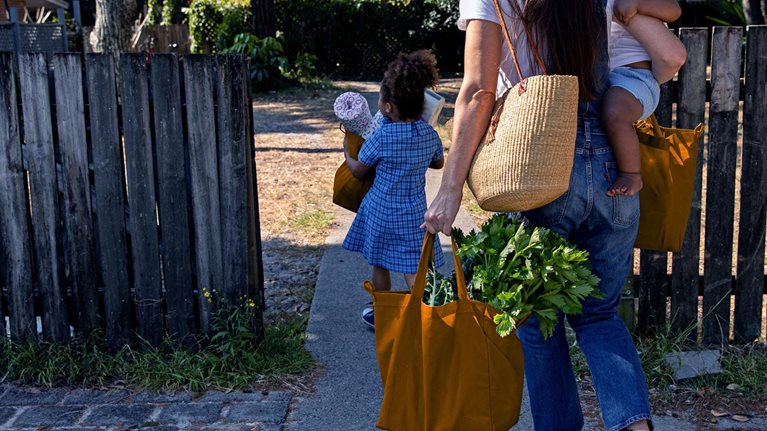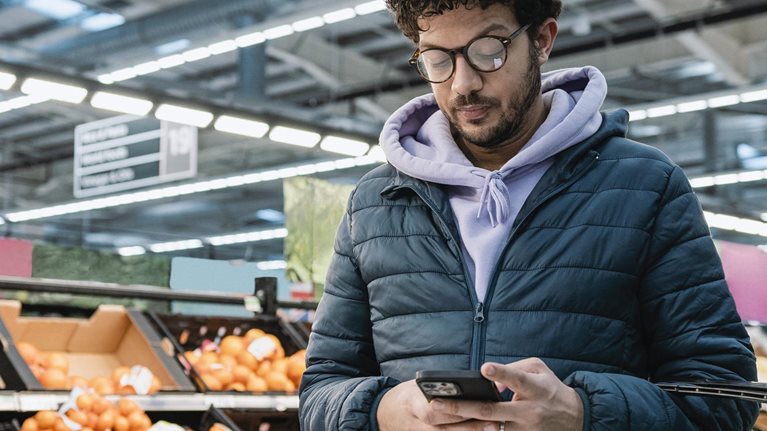High-performing loyalty programs have real potential to offset the challenges confronting consumer-facing organizations in the wake of a highly uncertain macroeconomic environment. Organizations with top loyalty programs can expect higher sales and greater bang for their customer acquisition bucks, with customers enrolled in these programs spending more, churning less, and demonstrating a greater willingness to recommend their favored brands to others. But what does a high-performing loyalty program look like?
We surveyed more than 1,400 Australian consumers on their experiences interacting with more than 90 loyalty programs across 11 different industries. In this McKinsey Australia Insight, we detail the findings from this survey and share our recommendations for organizations looking to establish or rethink their loyalty programs.
Macroeconomic context: Economic headwinds are testing consumer loyalties
As our most recent Australian Consumer Pulse report outlines, consumer optimism is falling, with consumers reducing spending across most categories and showing a growing willingness to switch products, brands, and channels in search of better value. These changes have been heightened by the macroeconomic environment, with supply chain disruptions limiting on-shelf availability in retail and rising inflation creating new cost-of-living challenges. This decline in loyalty has been seen at every income level, with consumers with the highest incomes, those earning more than AU $125,000, found to be the most likely to switch between retailers.
Key insights from the survey
Our survey revealed five key insights for consumer-facing organizations:
- Loyalty programs significantly alter customer behavior
Sixty percent of consumers surveyed indicated that simply being a member of an organization’s loyalty program had prompted them to change their spending behavior by at least one of the following: increasing their purchasing frequency, more frequently choosing the organization over competitors, being more willing to recommend the brand to others, or being more willing to pay a premium for loyalty points or enhanced loyalty status. - Gains are not evenly distributed, with top-performing loyalty programs seeing up to four times the benefits of other programs
Consumers were 10 percent more likely to shop with an organization with a top loyalty program, 14 percent more likely to increase frequency of purchases, and 12 percent more likely to recommend the brand to others, when compared with results for bottom quartile programs.1 Further, organizations with top loyalty programs saw 44 percent more consumers reporting an increase in spend during the COVID-19 pandemic, with retention up to four times higher than for organizations with lower-performing loyalty programs. - Awareness presents a challenge to organizations in every sector, with transportation and delivery apps doing the best job of promoting their loyalty programs
Familiarity with loyalty programs varies widely across industries (Exhibit 1), from 30 percent for airlines to 75 percent for transportation apps. - Grocery and retail organizations see the greatest engagement with their loyalty programs
Grocery and retail loyalty programs were the most frequently used, with 70 percent of consumers reporting using their grocery loyalty program almost every time they shop.2 In contrast, airline loyalty programs saw the lowest engagement from consumers, with almost 50 percent reporting rarely or never using their loyalty program (Exhibit 2). - Rewards win, but gamification presents a valuable opportunity
Of the top five most valued features in a loyalty program, four refer to a customer’s ability to redeem points for products (Exhibit 3). The value placed on tangible benefits explains the trend seen in Exhibit 2, where consumers were most likely to engage with loyalty programs in grocery and retail—that is, the sectors in which they make the most frequent purchases and are, therefore, able to redeem points in the shortest time frames. However, gamification also made the top five—demonstrating the value of an exciting user experience for consumers and a clear opportunity for organizations looking to invest in their loyalty programs.



Four steps to creating a winning loyalty program
From our work with organizations across industries, we see four steps that organizations can take as they look to establish or rethink their loyalty programs:
- Invest in customer data analytics to drive usage. Leverage the data you have on your existing customers and their spending habits to run targeted digital-marketing campaigns.
- Visualize tangible benefits to encourage engagement. Ensure that customers can easily see their up-to-date progress toward earning rewards.
- Gamify the program to improve customer experience. Invest in a gamified user experience that customers look forward to engaging with.
- Build a community to boost awareness. Broaden the reach of your loyalty program by creating a community of customers with a shared passion for your brand.
Invest in customer data analytics to drive usage
With decreasing brand loyalty, it can be tempting for organizations to cast a wide net when promoting their loyalty programs. However, we have found that these efforts are better spent on an organization’s existing customer base; 24 percent of consumers who shop with a given brand, but do not participate in that brand’s loyalty program, stated that they were unaware that a loyalty program existed.
Organizations can plug this gap in awareness through omnichannel marketing, making use of the customer data they already have. This could take the form of analyzing demographic, geospatial, and purchase data to make predictions on what offers would best appeal to a customer. These offers can encourage customers to use the loyalty program more frequently.
Case example: Starbucks credits the success of its mobile app and associated loyalty program with its ability to customize the offers customers receive, with the most relevant promotions selected by their “Deep Brew” AI engine. Further, the app demonstrates knowledge of customer pain points—removing ordering friction by enabling customers to skip the line and addressing the relevance barrier that other programs may face.
Visualize tangible benefits to encourage engagement
When combined with the value many consumers attach to a seamless digital experience, organizations can retain loyalty program members by making it easier to track points earned across channels in an attractive interface, including showing up-to-date progress toward attaining tangible rewards. Businesses can draw inspiration from the interfaces many consumers are used to seeing on their fitness trackers, highlighting the requirements to reach the next (large or small) milestone.
Case example: Farfetch, an online luxury fashion retailer, has recognized the impact of a simple progress bar in nudging consumers to make additional purchases. Their loyalty program has five tiers, ranging from Bronze to Platinum to Private Client. Tiers are achieved at different spend thresholds, with a single purchase required for Bronze and an annual spend of AU $15,000 to reach Private Client status. Each tier has a range of associated rewards, from discounts to access to exclusive collections and a concierge service. At every level, the Farfetch app informs users of their current tier and of the exact spend required to reach the next tier and the next level of rewards.
Gamify the program to improve customer experience
In a mobile-first environment, loyalty schemes must provide more than just a seamless digital experience. Gamification—that is, allowing consumers to earn greater rewards through bonus points, challenges, or multipliers—was ranked among the most important features for a loyalty program across all industries. This kind of gamified experience can be enhanced by incorporating personalized offers or multipliers, based on customers’ purchase history and known preferences.
Case example: FREE NOW, a European ride-hailing service, has embraced gamification through its mobile app. Users accumulate points with every ride they take. These points can be saved and used to purchase discounted trips with the app’s ride-hailing or e-scooter services. Alternatively, users can opt to use their points to “spin the wheel,” spending fewer points for the chance to win greater discounts.
Build a community to boost awareness
Creating online and in-person communities of customers and potential customers, with a shared passion for a product, can create cycles of positive reinforcement and give customers a sense of belonging. Here, interactions with the brand and with other customers can take place side by side, increasing the perceived authenticity of an organization’s brand communication.
While many brands use their social-media channels to support the goal of creating a community, high-performing brands can augment these channels through exclusive invites to in-store events. Such events have continued to be popular among shoppers, even post-COVID-19.
Case example: Mecca Beauty Loop offers customers who have reached certain membership tiers access to priority in-store events, creating the potential for in-person communities to form across its customer base. Further, Beauty Loop birthday gifts and sample boxes, which are sent to customers who cross certain spend thresholds, have generated significant positive social-media content for the brand. Many customers post “unboxing” videos to TikTok and Instagram, showcasing Mecca’s products to their followers and strengthening the Mecca community.
What to remember
No single industry or organization has a magic solution for attracting consumers to their loyalty programs, nor engaging them in a way that consistently drives usage and increases customer value. Our work on this topic has shown that the key to driving loyalty can be found in deep, data-driven investment in understanding the habits, preferences, and pain points of organizations’ target customers. Companies must embrace a customer-centric mindset to boost loyalty and enjoy the resultant greater spend and satisfaction from customers.


